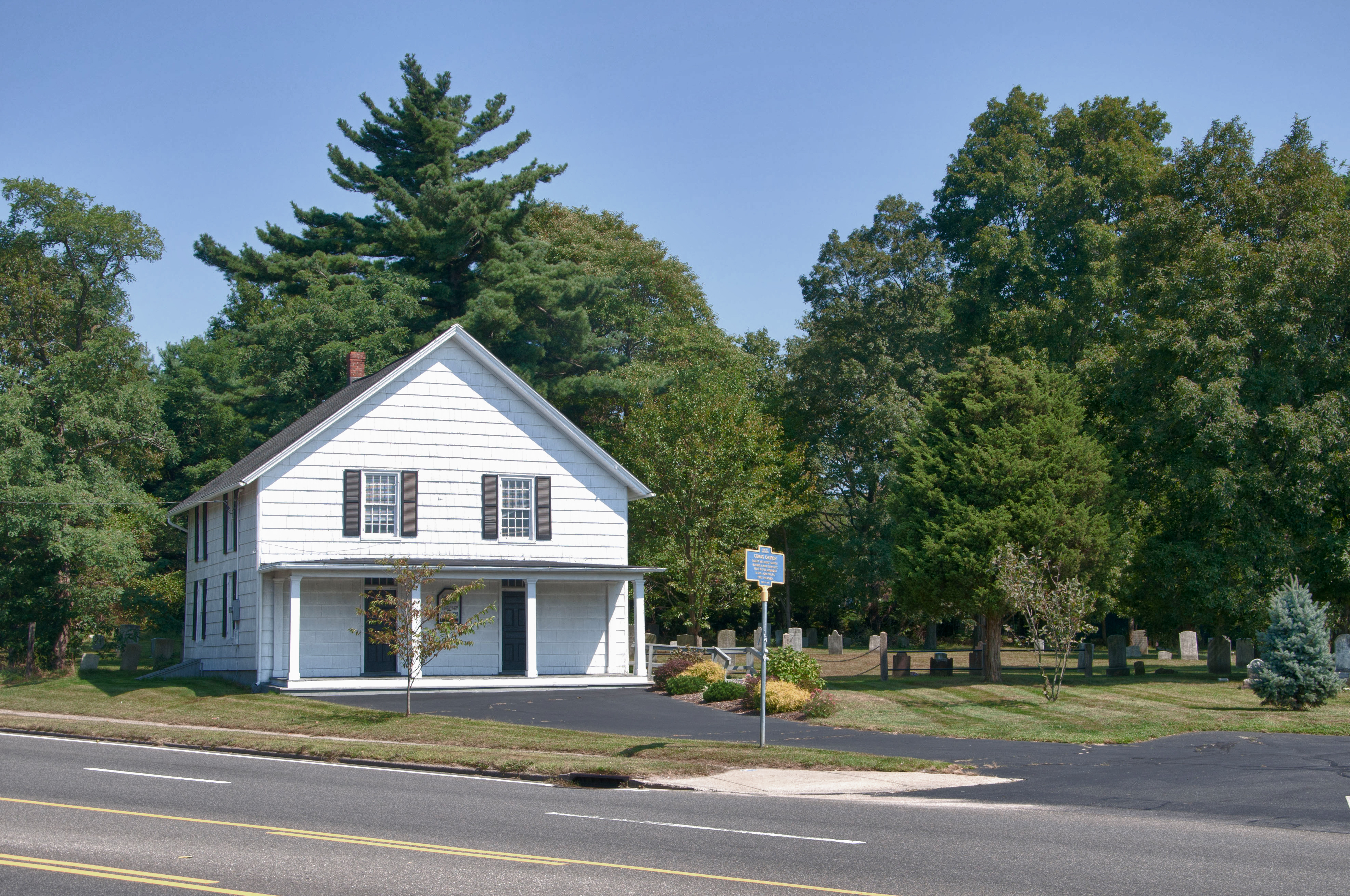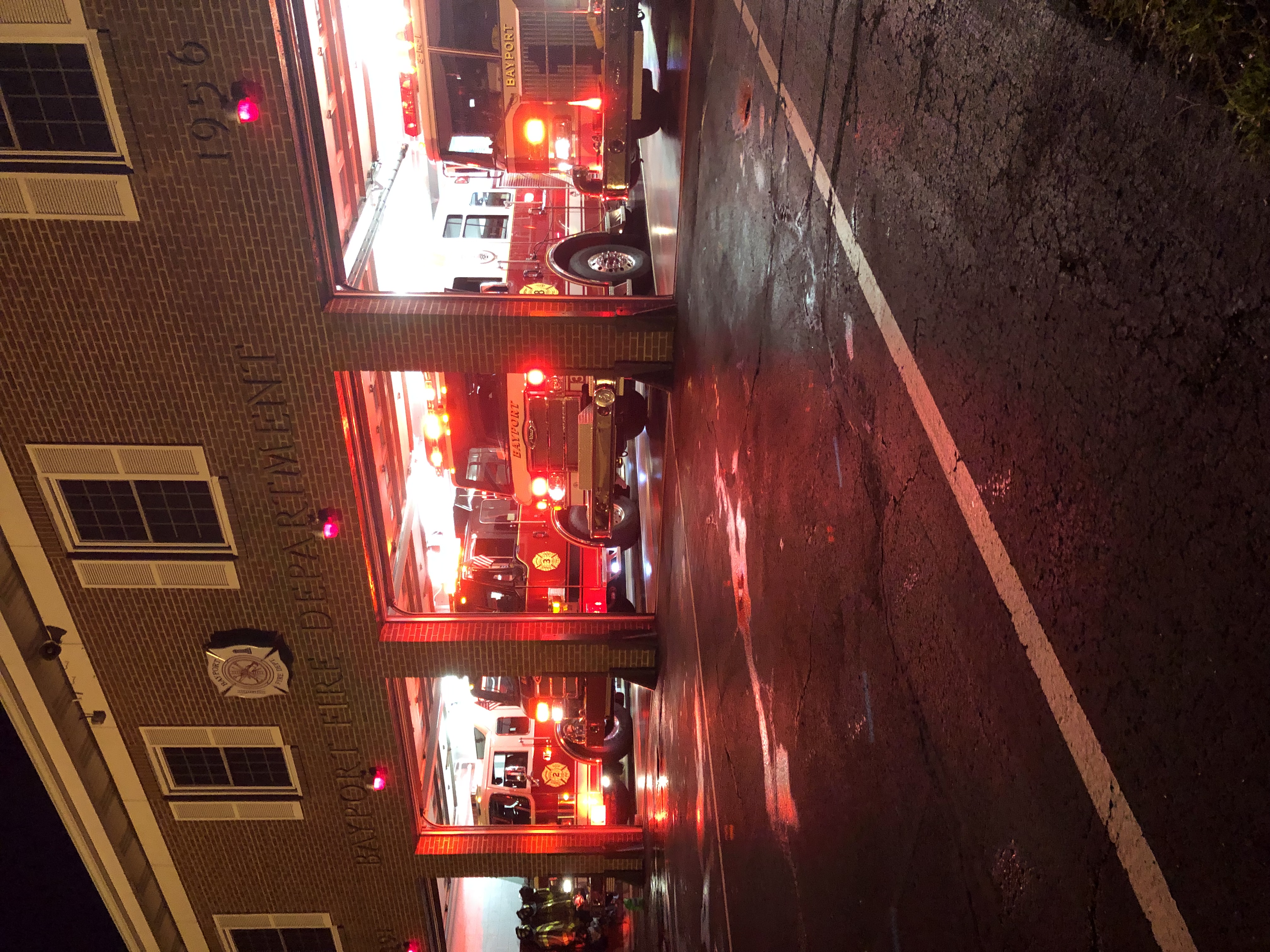|
Commack
Commack ( ) is a hamlet and census designated place (CDP) that roughly corresponds to the hamlet by the same name in the towns of Huntington and Smithtown in Suffolk County, on Long Island, in New York. The CDP's population was 36,124 at the 2010 census. History The name "Commack" comes from the Secatogue Native American tribe who lived on the South Shore of Long Island between Copiague and Bayport. The Secatogue named their northern lands in the center of the island Winnecomac which means "pleasant lands." The name may have been inspired because of the area's flat lands with rich soil, and thick oak forests abounding with plants and wildlife. From its earliest daysCommackor originally spelled as Comac was known for its fertile soil which made it the perfect land for farming. Today all of Commack is settled and suburbanized and, like most unincorporated areas of Long Island, does not have a true, walkable downtown or " Main Street". Geography According to the United Sta ... [...More Info...] [...Related Items...] OR: [Wikipedia] [Google] [Baidu] |
Smithtown, New York
Smithtown is a town in Suffolk County, New York on the North Shore of Long Island. It is part of the New York metropolitan area. The population was 116,296 at the 2020 Census. The census-designated place (CDP) of Smithtown lies within the town's borders. History Smithtown, originally known as "Smithfield", was first settled circa 1665. Local legend has it that, after rescuing a Native American chief's abducted daughter, Richard Smith was told that the chief would grant title to all of the land Smith could encircle in one day "on a bull". Smith chose to ride the bull on the longest day of the year ( summer solstice), to enable him to ride longer "in one day". The land he acquired in this way is said to approximate the current town's location. There is a large, anatomically correct, statue of Smith's bull, known as Whisper, at the fork of Jericho Turnpike ( New York State Route 25) and St. Johnland Road (New York State Route 25A). The border between Smithtown and the town of ... [...More Info...] [...Related Items...] OR: [Wikipedia] [Google] [Baidu] |
Huntington, New York
The Town of Huntington is one of ten Administrative divisions of New York#Town, towns in Suffolk County, New York. Founded in 1653, it is located on the North Shore (Long Island), north shore of Long Island in northwestern Suffolk County, with Long Island Sound to its north and Nassau County, New York, Nassau County adjacent to the west. Huntington is part of the New York metropolitan area. As of the 2020 United States census, 2020 census, the town population was 204,127. Huntington is the only township in the United States to ban self-service gas stations at the township level and among the few places in the U.S. where Filling station#Types of service, full-service gas stations are compulsory and no self-service is allowed; the entire state of New Jersey and the western-Mid Valley portion of Oregon are the only other places in the country with similar laws. History In 1653, three men from Oyster Bay, Richard Holbrook, Robert Williams and Daniel Whitehead, purchased a parcel o ... [...More Info...] [...Related Items...] OR: [Wikipedia] [Google] [Baidu] |
Suffolk County, New York
Suffolk County () is the easternmost county in the U.S. state of New York. It is mainly located on the eastern end of Long Island, but also includes several smaller islands. According to the 2020 United States census, the county's population was 1,525,920 making it the fourth-most populous county in the State of New York, and the most populous excluding the five counties of New York City. Its county seat is Riverhead, though most county offices are in Hauppauge. The county was named after the county of Suffolk in England, from where its earliest European settlers came. Suffolk County incorporates the easternmost extreme of the New York City metropolitan area. The geographically largest of Long Island's four counties and the second-largest of the 62 counties in the State of New York, Suffolk measures in length and in width at its widest (including water). Most of the island is near sea level, with over 1,000 miles of coastline. Like other parts of Long Island, the ... [...More Info...] [...Related Items...] OR: [Wikipedia] [Google] [Baidu] |
Hamlet (New York)
The administrative divisions of New York are the various units of government that provide local services in the State of New York. The state is divided into boroughs, counties, cities, townships called "towns", and villages. (The only boroughs, the five boroughs of New York City, have the same boundaries as their respective counties.) They are municipal corporations, chartered (created) by the New York State Legislature, as under the New York Constitution the only body that can create governmental units is the state. All of them have their own governments, sometimes with no paid employees, that provide local services. Centers of population that are not incorporated and have no government or local services are designated hamlets. Whether a municipality is defined as a borough, city, town, or village is determined not by population or land area, but rather on the form of government selected by the residents and approved by the New York Legislature. Each type of local ... [...More Info...] [...Related Items...] OR: [Wikipedia] [Google] [Baidu] |
Census
A census is the procedure of systematically acquiring, recording and calculating information about the members of a given population. This term is used mostly in connection with national population and housing censuses; other common censuses include censuses of agriculture, traditional culture, business, supplies, and traffic censuses. The United Nations (UN) defines the essential features of population and housing censuses as "individual enumeration, universality within a defined territory, simultaneity and defined periodicity", and recommends that population censuses be taken at least every ten years. UN recommendations also cover census topics to be collected, official definitions, classifications and other useful information to co-ordinate international practices. The UN's Food and Agriculture Organization (FAO), in turn, defines the census of agriculture as "a statistical operation for collecting, processing and disseminating data on the structure of agriculture, coverin ... [...More Info...] [...Related Items...] OR: [Wikipedia] [Google] [Baidu] |
Copiague, New York
Copiague ( ) is a hamlet on Long Island (and census-designated place) in Suffolk County, New York, United States. The population was 23,429 at the 2020 census. Copiague is an unincorporated place within Babylon. Geography Copiague is located at (40.674700, -73.393235). It is approximately east of Manhattan and west of Montauk Point. According to the United States Census Bureau, the CDP has a total area of , of which is land and , or 0.88%, is water. Copiague is bordered by Amityville to the west, North Amityville to the north, Lindenhurst to the east, and the Great South Bay to the south. South of Montauk Highway, Copiague is divided into three major peninsulas: * The southwestern peninsula is known as Amity Harbor and is served by the Amityville Post Office. * The central peninsula is known as Copiague Harbor and is served by the Copiague Post Office. * The southeastern peninsula is known as American Venice and is served by the Lindenhurst Post Office. Demographi ... [...More Info...] [...Related Items...] OR: [Wikipedia] [Google] [Baidu] |
Bayport, New York
Bayport is a hamlet and census-designated place (CDP) in the Town of Islip, Suffolk County, New York, United States, on Long Island. The population was 8,609 at the 2020 census. Bayport is in the southeast part of the Town of Islip. Geography The community borders the Great South Bay, Sayville and the hamlet of Blue Point. Bayport is located at (40.747858, -73.054216). According to the United States Census Bureau, the CDP has a total area of , of which is land and (2.37%) is water. Demographics Demographics for the CDP As of the census of 2000, there were 8,662 people, 3,222 households, and 2,303 families residing in the CDP. The population density was 2,332.8 per square mile (901.5/km2). There were 3,325 housing units at an average density of 895.5/sq mi (346.0/km2). The racial makeup of the CDP was 96.06% White, 0.89% African American, 0.07% Native American, 1.18% Asian, 0.82% from other races, and 0.98% from two or more races. Hispanic or Latino of any ra ... [...More Info...] [...Related Items...] OR: [Wikipedia] [Google] [Baidu] |
United States Census Bureau
The United States Census Bureau (USCB), officially the Bureau of the Census, is a principal agency of the U.S. Federal Statistical System, responsible for producing data about the American people and economy An economy is an area of the production, distribution and trade, as well as consumption of goods and services. In general, it is defined as a social domain that emphasize the practices, discourses, and material expressions associated with t .... The Census Bureau is part of the United States Department of Commerce, U.S. Department of Commerce and its Director of the United States Census Bureau, director is appointed by the President of the United States. The Census Bureau's primary mission is conducting the United States census, U.S. census every ten years, which allocates the seats of the U.S. House of Representatives to the U.S. state, states based on their population. The bureau's various censuses and surveys help allocate over $675 billion in federal funds e ... [...More Info...] [...Related Items...] OR: [Wikipedia] [Google] [Baidu] |
African American (U
African Americans (also referred to as Black Americans and Afro-Americans) are an Race and ethnicity in the United States, ethnic group consisting of Americans with partial or total ancestry from sub-Saharan Africa. The term "African American" generally denotes descendants of Slavery in the United States, enslaved Africans who are from the United States. While some Black immigrants or their children may also come to identify as African-American, the majority of first generation immigrants do not, preferring to identify with their nation of origin. African Americans constitute the second largest racial group in the U.S. after White Americans, as well as the third largest ethnic group after Hispanic and Latino Americans. Most African Americans are descendants of enslaved people within the boundaries of the present United States. On average, African Americans are of West Africa, West/Central Africa, Central African with some European descent; some also have Native Americans in th ... [...More Info...] [...Related Items...] OR: [Wikipedia] [Google] [Baidu] |
Population Density
Population density (in agriculture: Stock (other), standing stock or plant density) is a measurement of population per unit land area. It is mostly applied to humans, but sometimes to other living organisms too. It is a key geographical term.Matt RosenberPopulation Density Geography.about.com. March 2, 2011. Retrieved on December 10, 2011. In simple terms, population density refers to the number of people living in an area per square kilometre, or other unit of land area. Biological population densities Population density is population divided by total land area, sometimes including seas and oceans, as appropriate. Low densities may cause an extinction vortex and further reduce fertility. This is called the Allee effect after the scientist who identified it. Examples of the causes of reduced fertility in low population densities are * Increased problems with locating sexual mates * Increased inbreeding Human densities Population density is the number of people pe ... [...More Info...] [...Related Items...] OR: [Wikipedia] [Google] [Baidu] |
White (U
White is the lightest color and is achromatic (having no hue). It is the color of objects such as snow, chalk, and milk, and is the opposite of black. White objects fully reflect and scatter all the visible wavelengths of light. White on television and computer screens is created by a mixture of red, blue, and green light. The color white can be given with white pigments, especially titanium dioxide. In ancient Egypt and ancient Rome, priestesses wore white as a symbol of purity, and Romans wore white togas as symbols of citizenship. In the Middle Ages and Renaissance a white unicorn symbolized chastity, and a white lamb sacrifice and purity. It was the royal color of the kings of France, and of the monarchist movement that opposed the Bolsheviks during the Russian Civil War (1917–1922). Greek and Roman temples were faced with white marble, and beginning in the 18th century, with the advent of neoclassical architecture, white became the most common color of new c ... [...More Info...] [...Related Items...] OR: [Wikipedia] [Google] [Baidu] |








